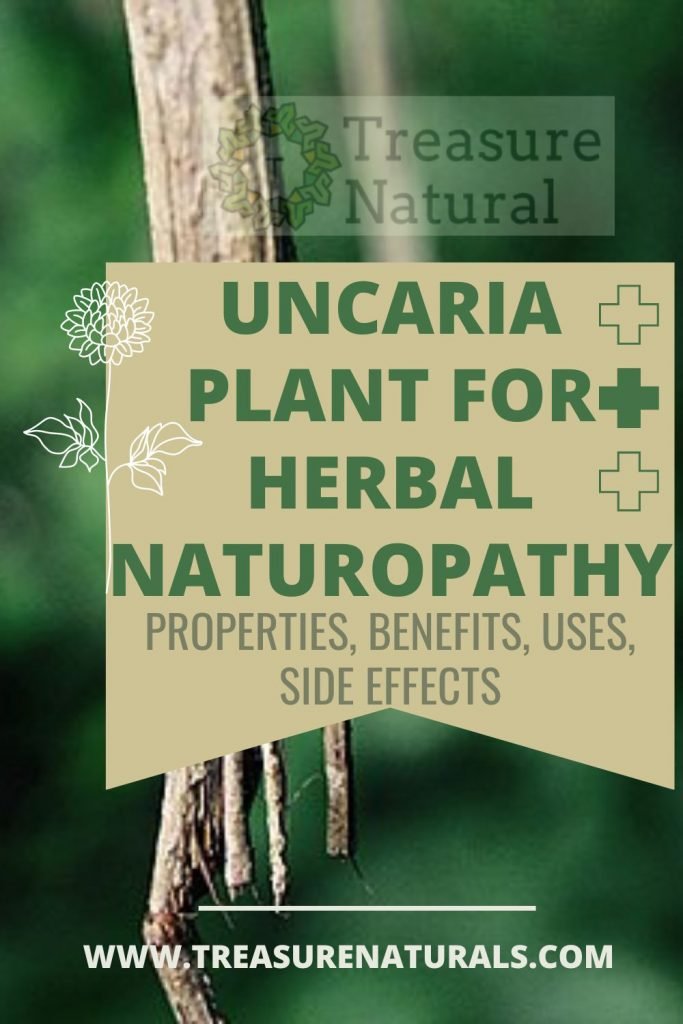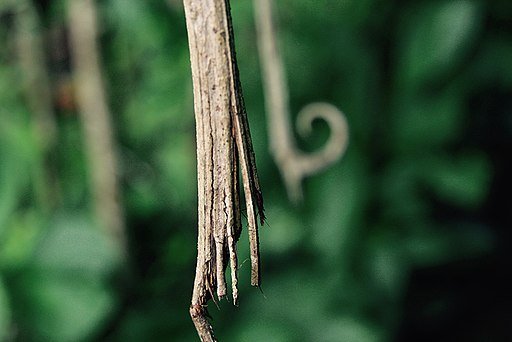
Uncaria, a plant with immunostimulating, antiviral and anti-inflammatory properties, is useful against infections and colds. Here are the benefits and contraindications.
Uncaria (Uncaria tomentosa wild) is a plant of the Rubiaceae family. Known for its immunostimulating, antiviral and anti-inflammatory properties, it is useful against infections and colds. Let’s find out more.
Properties of uncaria
The drug of the uncaria consists of the bark of the stem and root that boasts immunostimulating, antiviral, anti-inflammatory and antimutagenic properties and is used in phytotherapy in the treatment of chronic inflammatory diseases, immune deficiencies, in the presence of viral infections and in the prevention and treatment of cold diseases with fevers, coughs and colds.
Its intake enhances and strengthens the immune system as it stimulates the production of antibodies thanks to its immunomodulating action, conferred on the plant by the presence of pentacyclic alkaloids, the most important active ingredients of the phytocomplex, which induce in human endothelial cells the release of a factor activating the regulation and proliferation of B and T lymphocytes, responsible for the body’s immune response.
For this reason it is indicated in the treatment of allergies and degenerative diseases of neoplastic type and in immunodeficiency syndromes. In fact, studies in HIV patients have shown an increase in antibodies to significant levels; while in others affected by cancer the inhibition of the proliferation of cancer cells has occurred. These researches confirm on a scientific basis the modulating activity of the immune defenses useful even in the presence of autoimmune diseases.
Uncaria also has antiviral properties, both in internal and external intake, demonstrated by clinical studies conducted on patients suffering from Herpes: in 85% of subjects the symptoms ceased in 10 days. In the case of Varicella zoster resolution occurred in 50% of cases in 1 week of treatment.
Among the other active ingredients that make up the phytocomplex, quinovic acid glycosides are responsible for the anti-inflammatory properties, together with sterols and polyphenols, which make it an effective remedy with anti-inflammatory and pain-relieving action, useful in the treatment of rheumatism, arthritis and arthrosis, inflammatory processes, osteoarticular and muscular pain.
How to use
Uncaria has a fairly complex chemical composition and its numerous active ingredients exert the different actions recognized, but the studies conducted confirm the superiority of whole plant extracts, compared to purified individual fractions, so it is preferable to use the plant “in toto”, in the titrated and standardized extractive form, also in consideration of the wide botanical and seasonal variability of this plant.
In determining the daily dose it should be taken into account that there are two chemotypes of uncaria: one contains oxyndolic pentacycyclic alkaloids with immunostimulating action, while the other contains tetracyclic oxyndolic alkaloids that antagonize pentacyclic effects.
It is believed that an effective compound should contain less than 0.02% tetracyclic alkaloids.
The suggested dose of extracts obtained from the whole plant is 300 mg, divided into three daily administrations for ten to fifteen days.
Contraindications of uncaria
Uncaria has no relevant side effects. However, prolonged use can reduce plasma levels of progesterone and estradiol, exacerbate pre-existing acne and lead to acute renal failure.
Occasionally uncaria can cause diarrhea, hypotension and nausea, especially at high doses. It should be avoided during pregnancy and taken with caution if you are following antihypertensive therapy.
Allergic reactions are also possible only in case of hypersensitivity to one of the components.
Description of the plant
The uncaria is a large woody climber that can reach up to 30 meters in height, native to the Amazon forest.
The leaves of the Uncaria, opposite, whole or bifid, petiolate deciduous are covered with fluff (hence the tomentose attribute), have at the base 2 or 3 hook-shaped protuberances (hence the name Uncaria) used by the plant to support itself on other species in the search for bright areas, within the Amazon forest. The flowers are yellow with calyx and funnel-shaped corolla.
Its habitat is the North-West of the tropical forest of Central America, in the woods with abundant light, between 300 and 800 m of altitude, mainly in the Amazon.
Background

The Andean populations call it “uña de gato” “cat’s nail“, due to the similarity of the hooks to the nails of this feline.
Traditional Andean Medicine, which has always used the leaves for infusion, but above all the bark for decoctions, to fight and prevent infections and inflame sore joints.
In fact, the Brazilian and Peruvian Curanderos use it both for internal use and for external use to heal wounds, ulcerations, disorders related to the puerperium, degenerative diseases, diseases and gastrointestinal pains.






